Many of you may have read my recent articles on 4K video, one on how it is the start of a game changer, another on the differences of shooting video for stills and video for film. Both these articles stem from a project I set myself a few months ago: to do a travel shoot based solely video for stock libraries. I have worked in both mediums for a number of years, shooting stills for stock and video for documentary and other uses but I had never dedicated an entire trip to just video. A plan was formulated, a relatively budget camera decided upon and a path plotted across Northern Europe, taking in from London to Amsterdam, Berlin and Warsaw. Today I am going to detail the learning curve I experienced on my trip.
The Camera: The camera I choose, was the new Panasonic G7. Regarded as the baby brother of the GH4 it costs around $800 and is a mirrorless, interchangeable lens compact. Like the GH4, Panasonic have spent a lot of time making the video side of this predominantly stills camera very useable. Also like the GH4, that video is 4K.
Compared to some dedicated 4K camcorders, the G7 is an absolute bargain and records at twice the bit rate of some of its much more expensive rivals. Another key factor in getting the G7 was access to some superb old manual lenses, Canon FD mounts using both an adapter and a speed booster. I talked about these a few weeks ago.
[url=https://flic.kr/p/9MWqqC][img]https://farm3.staticflickr.com/2257/5770714676_70e135eb4e_z.jpg[/img][/url]
Canon FD lenses are great for shooting video. By s58y
Shooting for Video: As I mentioned in my article on shooting video for stills, one of the most important factors in getting a film look to your video is setting a shutter speed of twice your frame rate. I was shooting 25fps and so required a shutter speed of 1/50th or at a push 1/100th. Coming from a stills background this can be a tricky thing to achieve. On a bright sunny day, even 1/100th is going to give you an aperture of f16 or beyond, eliminating any chance of shallow depth of field and introducing diffraction issues. (Note: If you're not sure about how that works, check out our guide on the exposure triangle which will help explain it.)
The primary solution to this for me was twofold. On sunny bright days, I used a polariser filter. This knocked of two stops of light and brought me down to an acceptable aperture. Where I need to get the aperture open even further, for example for a shallow depth of field shot, I used a six stop neutral density filter. Six stops was about right to reduce aperture on bright days but threw up its own issue, namely that of white balance shift. Using the auto white balance or most of the presets, gave me a predominantly blue cast. The solution was to create a specific white balance for the the ND filter by using a white card. Once set, I found this to be accurate 95% of similar occasions. Of course being video, I did not have the luxury of a RAW file that I could white balance in post production so getting the balance right before shooting was vital.
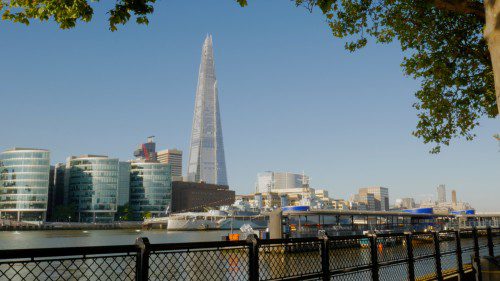
Other things that were different were shooting from the screen rather than viewfinder, shooting manually, exposure and focus and using a tripod for nearly every shot.
Shooting from the screen was actually a pleasure. It is a bright, 3” touch screen that gives direct access to a lot of the controls at the tip of your finger. It is also hinged so you can tilt it to virtually any position. For focusing, pressing the left key of the D-Pad zoomed the image allowing for very accurate focus. You can also drag the zoomed focus to the point of the scene you wish on focus on, using the touch screen. Focus aids also include peaking, something that is beginning to find a lot of followers in stills photography.
Exposure was done manually at all times. With the shutter speed fixed to 1/50th or 1/100th it was just a matter of turning the aperture dial or ring and watching the exposure on the screen. Again there are some excellent aids to tuning exposure in the form of a live histogram and two levels of zebra stripes. These show the over exposed zones allowing you to correct your exposure.
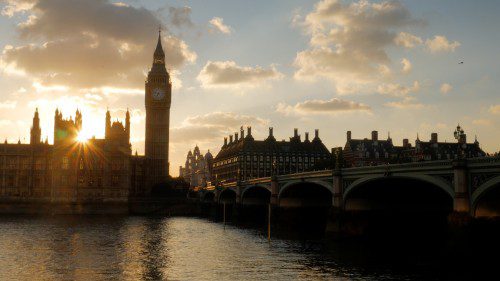
Composing for Video: Normal rules apply for video composition with some notable differences. Firstly you are shooting in a 16:9 format. This is much wider than traditional stills formats and can take a little getting used to. The most common issue I found was failing to check the top and bottom of the frame. I tend, naturally to compose the shot using the left and right parts of the frame for visual reference but in doing this, there were a few occasions where the top of the frame was not well positioned.
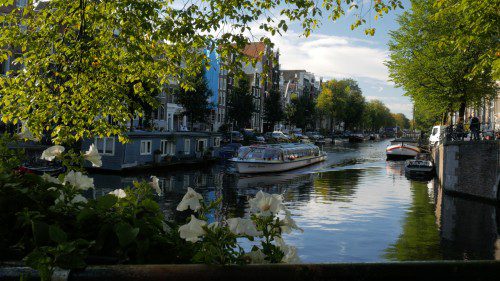
Secondly and importantly for stock video, your compositions must show some motion. This might be leaves rustling in a tree or cars passing a building but there needs to be something to delineate it from a still image.
Another issue is the crop factor. This is already 2X on a micro 4/3 sensor but is increased a little more when shooting 4K video. However, the advantage of video is that you can pan and tilt shots to get everything in.
Overall, I found the shooting video experience immensely satisfying. As I had a good deal of experience shooting video with camcorders, I knew the main differences. Panasonic also know these well and have made the G7, a stills camera, a very powerful tool for video as well. The smaller form factor compared to camcorders made it discrete and much easier to carry around all day. To date, I am yet to shoot a still shot with it, but I am sure when I do, the experience will be equally as pleasurable

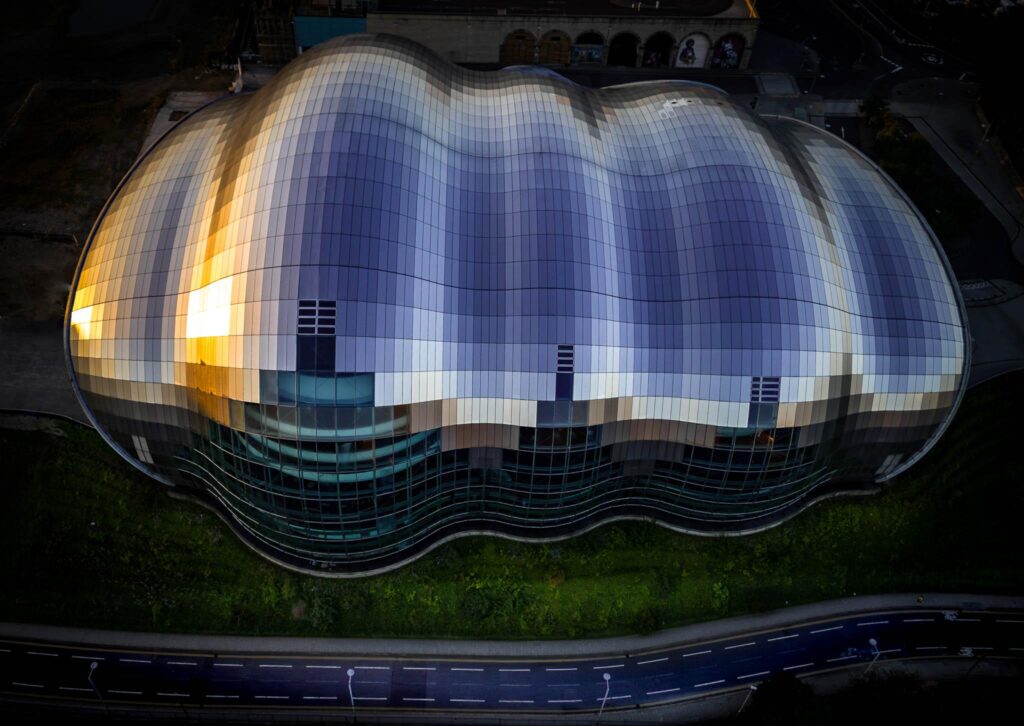
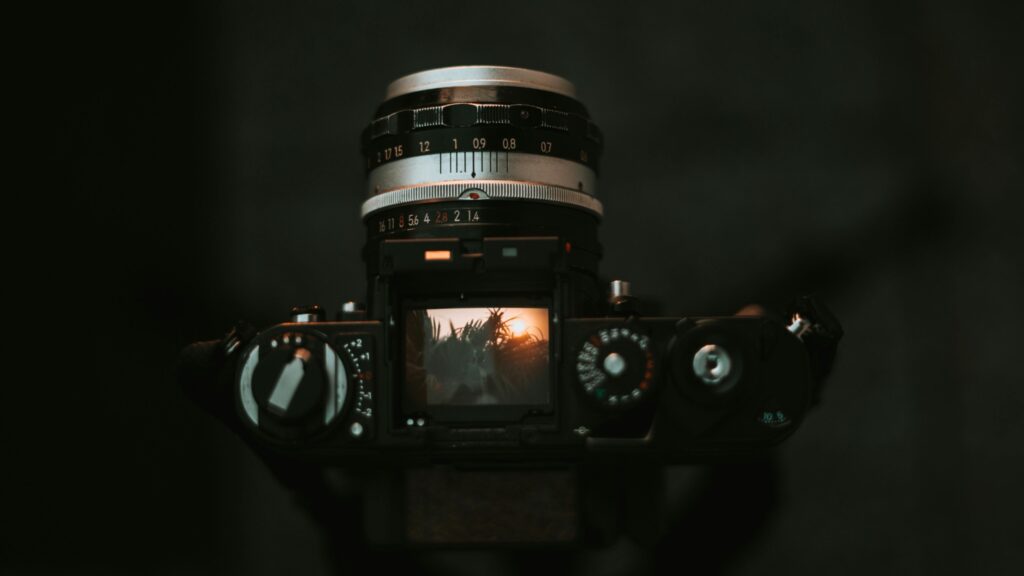

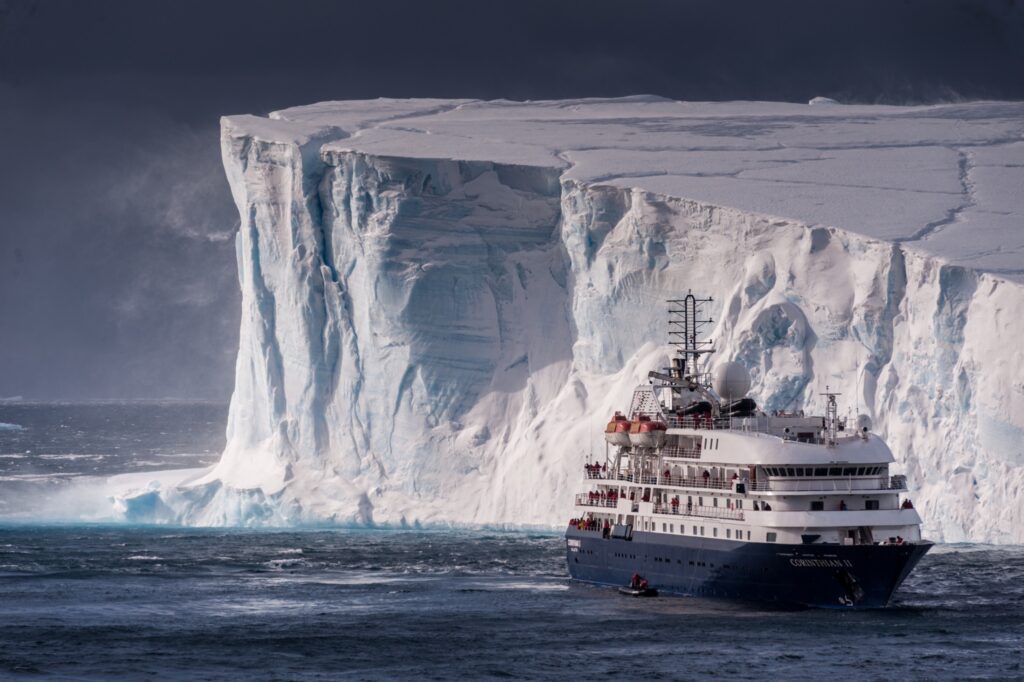
3 Comments
Hi Jason. Thanks for your informative article. I am an video enthusuiast. I have just got a panasonic GH3, and I need to buy a tripod with fluid video head, (not necessarily a brand new tripod)to use for the gh3: what type of lightweight tripod can I get that is not expensive?
Pls recommend something to me.
Thnx. Fred
Hi Fred, unfortunately lightweight and inexpensive don’t really go together in the tripod world. A good tripod is well worth the investment, it will last years and bring much better quality to your video/stills. I have used various video tripods but still find myself preferring my Manfrotto carbon fibre stills legs with a Manfrotto HDV 701 head. Its a good combination of lightness and fluidity
Hi Fred, I use GH3 GX7 and GX8 for stills and video. Many thanks for an interesting and informative article. It didn’t mention the biggest problem that I have in my “Real world” use when film making (I am sure due to the type of filming you were doing) It s the ridiculous 30 minute clip length limit. The camera will stop filming at 30 mins. If I am filming a band doing a live show with stage cams, this is highly inconvenient. The bluetooth/wifi is not stable enough to trust getting a connection so this is an issue that really needs sorting out. Best Regards, Joe